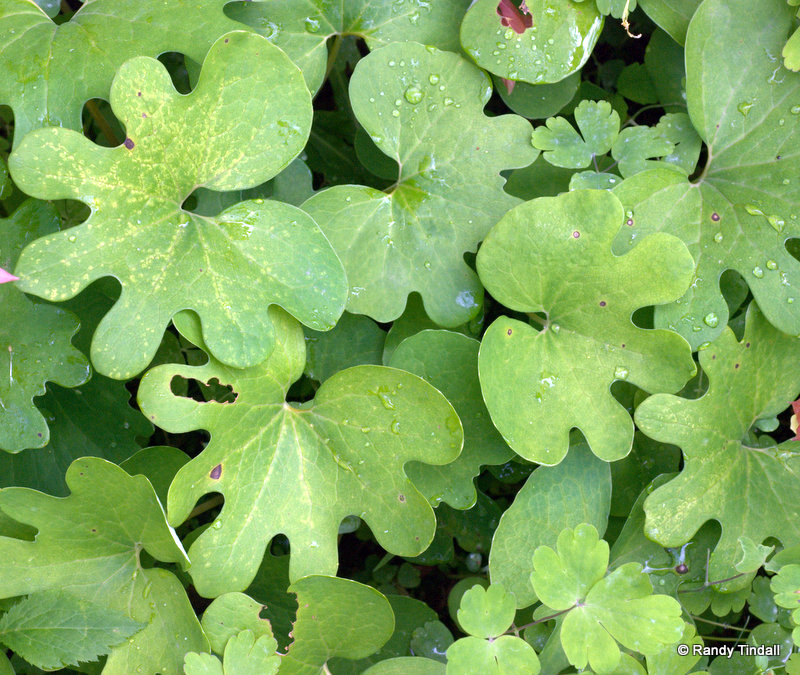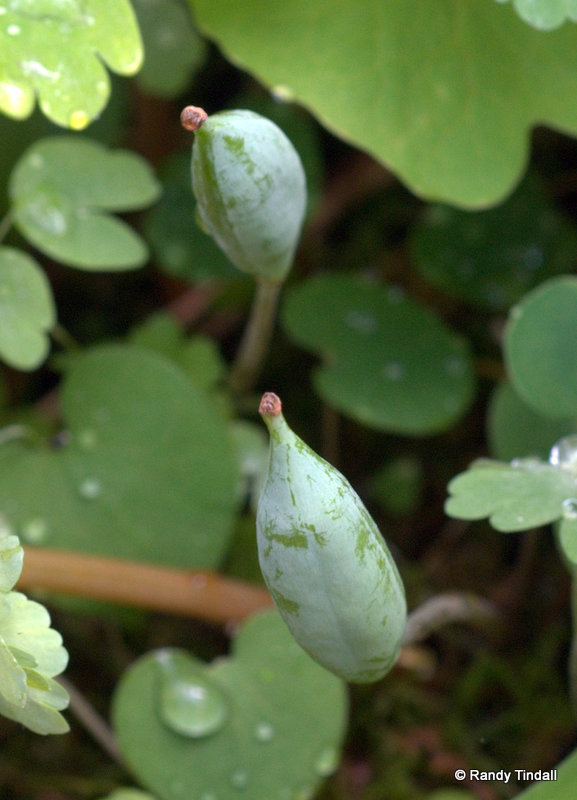I finally added the Bloodroot article to our Native Plants section here. These days our annual crop of Sanguinaria has long ago dropped its blossoms and has settled into respectable child-rearing mode. Looks like a good crop of seeds this year and I’m hoping to get photos later of mature seeds and maybe even of them being dispersed by ants (see the article).



It’s intriguing how the blog post gives an update on Bloodroot. What’s the significance of Bloodroot in landscaping, and how does the update provide valuable information for gardening enthusiasts?
That’s an old update! Actually, that particular population of bloodroot pretty much disappeared after we took down one of our sweetgum trees at the suggestion of the power company, because it interfered with the power lines along the street. Apparently, that was enough to increase the light levels on that side of the house (north) to the point that the bloodroots no longer thrived there. We only see one or two plants each year there, now, and I’m not sure they produce seeds. The good news is that we have established a new population right next to a privacy fence that provides good shade, and it seems to be thriving. Lessons for landscapers/gardeners: bloodroots like shady locations with good soil and drainage, bloodroots can be quite particular, and, if one place doesn’t work, find others until one (or more) makes the plant happy.
An intriguing question would be, what if it wasn’t light levels that decided the fate of the bloodroots in the old spot? What if there was another factor or factors, such as mycorrhizal associations or climate change or a change in the microenvironment’s other flora/fauna due to the removal of the tree? Who knows? Light just seems to be the most obvious answer, but…
Thanks for reading!